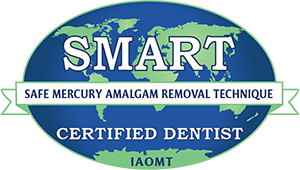THE REASON DAILY brushing and flossing are so important for keeping harmful oral bacteria populations under control is that they reproduce very quickly. In a healthy, clean mouth, there might be anywhere from a thousand to a hundred thousand bacteria on each tooth surface, but that can quickly become as many as a hundred million to a billion bacteria per tooth without brushing or flossing.
Our Oral Bacteria
On average, an individual will have between 34 and 72 different types of oral bacteria. Once we get a strain of bacteria in our mouths, it probably isn’t going away. The trouble is that each person has different bacteria, so kissing or even sharing drinks with someone could introduce new strains.
Kids Don’t Have Adult Oral Bacteria Yet
This is more dangerous for children than adults. Young children don’t have as many types of oral bacteria as adults yet, and their immune systems aren’t used to dealing with them. Too many kisses from Mom and Dad can actually leave them more vulnerable to developing cavities.
Protect Your Child’s Oral Health
The best way to avoid sharing your oral bacteria with your child is to keep those kisses to the cheek, don’t share your spoon or fork with them, make sure they always have their own drink instead of giving them sips from yours, and don’t clean a dropped pacifier with your mouth.
As long as you’re taking good care of your oral health and hygiene, you don’t need to worry as much about spreading dangerous, cavity-causing germs with your kisses, but even then, avoid doing things that could spread oral bacteria to small children.
The content on this blog is not intended to be a substitute for professional medical advice, diagnosis, or treatment. Always seek the advice of qualified health providers with questions you may have regarding medical conditions.




